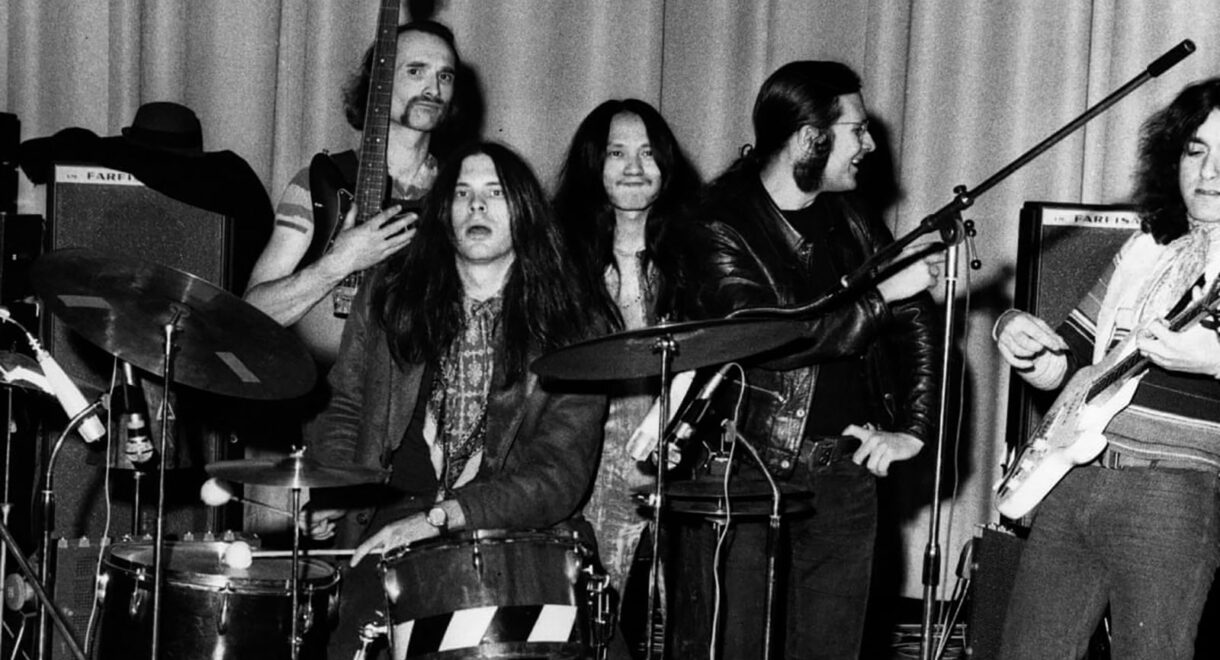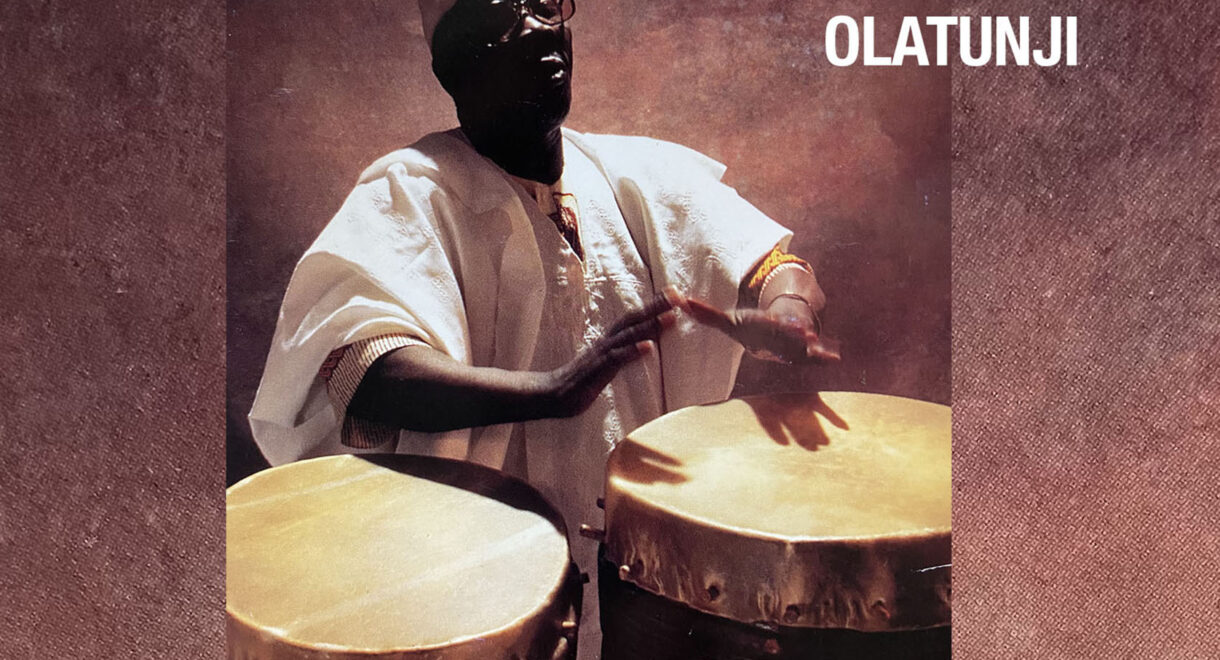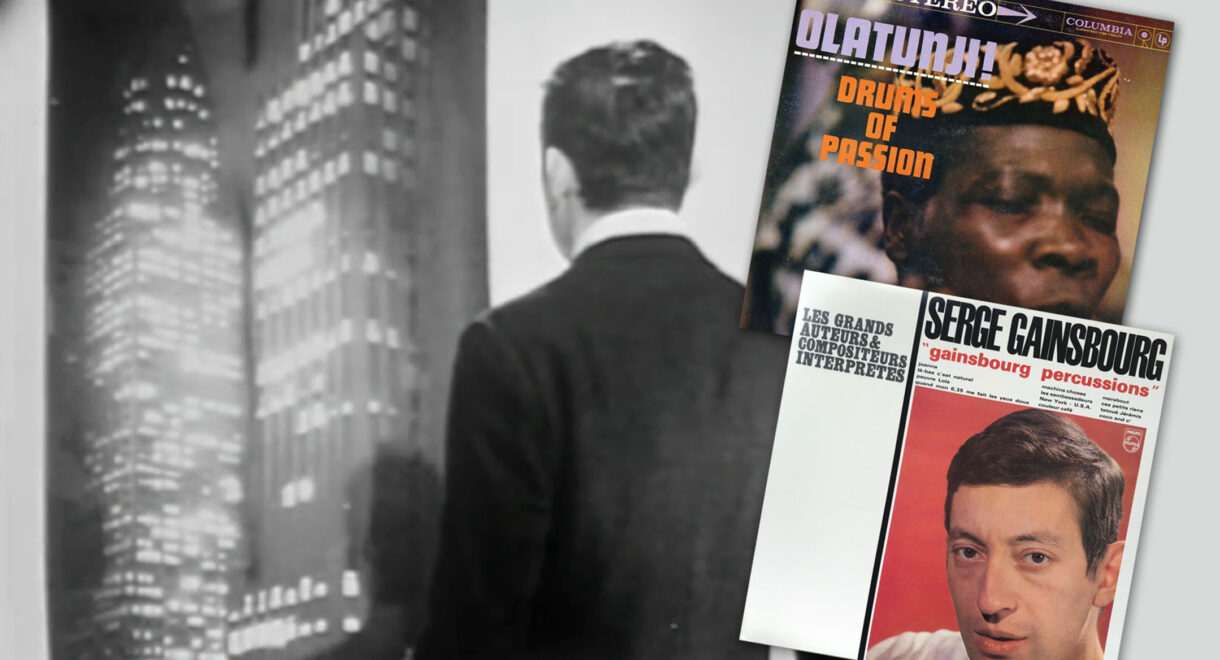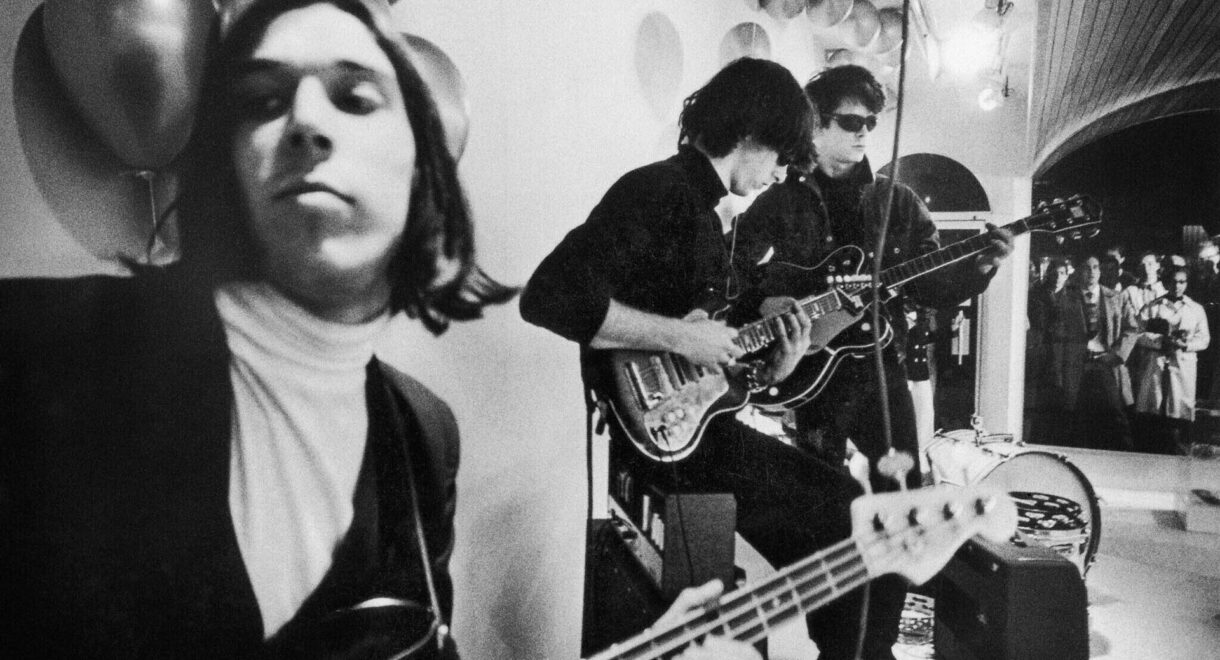Join us for a krautrock listening party this Friday at the JACCC private Japanese garden. Holger Czukay, Michael Karoli, Jaki Liebezeit, Irmin Schmidt: The core members of visionary […]
Yma Sumac: The Queen of Exotica

The unbelievable story of the Incan princess who made timeless exotica with Les Baxter.
Yma Sumac had a supernatural hold on her audiences. When she walked on stage, she dripped of jewels and wore royal gowns that buoyed her claim of being an Incan Princess. Before she even sang a note, her presence was already worth the ticket of admission. When she did start to sing, her multi-octave coloratura stunned even the most jaded listeners. She was able to vocalize up to five octaves (some even say six), where most trained singers only access three. She was “The Queen of Exotica”, and this woman from deep in the Andes of Peru would go on to shatter the Hollywood mold.
When images and stories of Machu Picchu and the Incas started to circulate globally in 1911, the result was an instantaneous thirst for Peruvian culture. Sumac was born in Peru’s Cajamarca region of the northern Andes, and when she started her career in Lima as a late teen in 1940, she was part of an entire industry of recording Andean folk music for export. She met composer Moisés Vivanco, who she married and divorced twice, while recording for Berlin-based label Odeon. The couple went on to tour throughout South America for years with a group of fourteen musicians called Imma Sumack (her original stage name) and the Conjunto Folklórico Peruana. The peak of their success in Latin America came when she performed in Mexico City’s prestigious Palacio de Bellas Artes at the invitation of Mexico’s president in 1946. After this pivotal moment, Sumac and Vivanco decided it was time to move to New York City and build a name for themselves in the United States.
The pair had humble beginnings playing in hole-in-the wall venues in New York. One curious venue was Prudencio Comacgi’s La Parisenne Delicatessen in Greenwich Village where in 1946 James Poling of Collier’s Magazine wrote, you would find her “in a back room richly blanketed with the aroma of pickled herring, salami and liverwurst.” A few years later they would finally get their big break at the Blue Angel Supper Club, where Walter Rivers of Capitol Records was in the audience to scout another act. He signed Sumac’s trio on the spot, and introduced her to Afro-Cuban flutist and composer Hernan Brana. Brana wove mambo into Sumac’s compositions, which was instrumental to the next stage of the trio’s career.
The recording contract with Capitol sent the trio to Hollywood, and in a post World War II America hungry for fantasy and “freak vocalists” like German Soprano Erna Sack, Sumac was transformed from folkloric singer to Peruvian Princess. She had claimed to be the descendant of the last Incan Emperor, Atahualpa — a claim the Peruvian government backed in 1946, and her sound shifted to appeal to an American audience. Sumac had only experienced moderate success at this point before landing the record deal and it wouldn’t be until Capitol Records paired her with a young Les Baxter that she would become a cultural icon.
Their first album together, Voice of the Xtabay, was issued early in Baxter’s career and is considered one of the first exotica records. Upon release, Sumac instantly became a household name. The album contained some of the most unusual voice and orchestra effects ever recorded, and became the best selling album in the world at the time. It’s worth noting that this occurred during one of the most vanilla periods of US musical history, so her popularity was a total anomaly. She started doing extended residencies in venues as far as St. Petersburg, Russia and by the time her next record, Legend of the Sun Virgin, came out, her place in the industry had been cemented.
Sumac, it should be noted, wasn’t a big fan of being exotified in elaborate costumes to fulfill some American fantasy, but she went along with the show because it brought so much success. It was equally incredible that she was able to achieve this while singing mostly in Quechua, the language native to Incas and the Andes.
This was most prominently featured in her next record, Inca Taqui, which was composed by her husband and not Baxter and afforded them the chance to return to their folkloric roots with songs like ‘Wak’al’. The record is minimally scored with mainly her husband on guitar; only two songs are reminiscent of Baxter’s big band sound. It’s in this record where you can find the haunting and absolutely captivating track ‘Chucho’, a nerd favorite for Sumac’s startling incantations mimicking the sounds of the forest. It’s one of the most technically celebrated songs of her career.
Sumac and Vivanco focused on the popular Mambo sound in 1954 for their next record together. Mambo!, Sumac’s fifth studio album, required big band backing with the help of conductor Billy May. Surprisingly, it became the most popular record of Sumac’s career, including her two most popular songs, ‘Gopher Mambo’ and ‘Malambo No. 1’. Loud and meant to fill large theatres with the most popular sound of the moment, the performances marked the peak of her popularity. Sumac even appeared in the movie ‘Secret of the Incas’ that same year with Charlton Heston and Robert Young.
Success would follow Sumac until she passed away at 86 in Los Angeles, the city that made her dreams reality. Forever an absolute icon and unrivaled in every capacity, her voice and recordings are evergreen and are worth marveling till the end of time.
Below are selected tracks from Sumac’s discography that particularly highlight the trajectory of her enigmatic style throughout her career.










